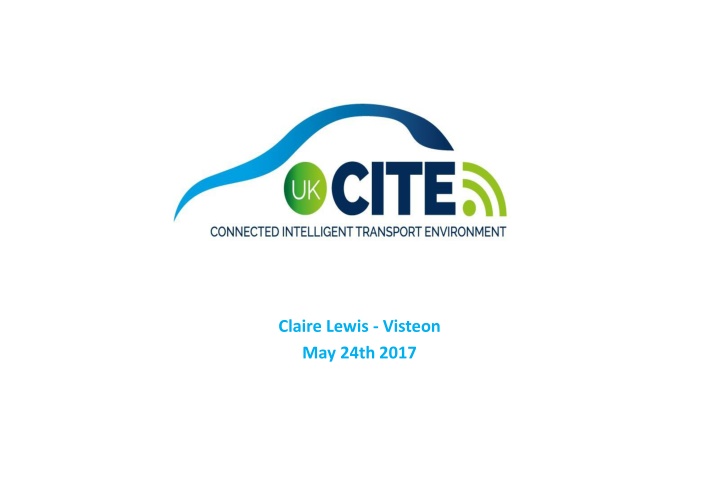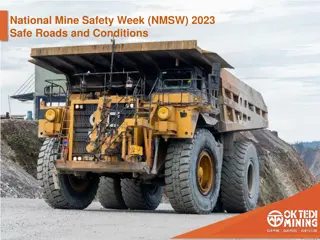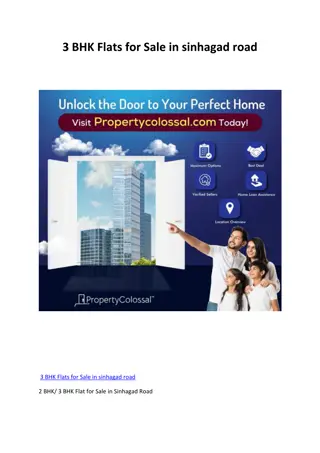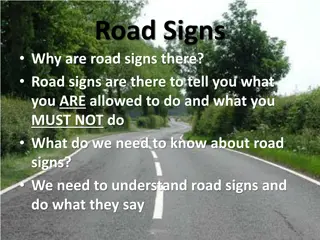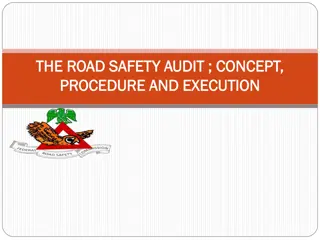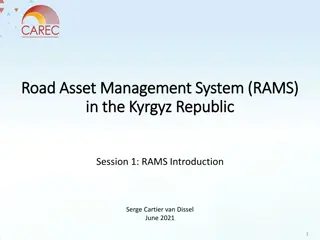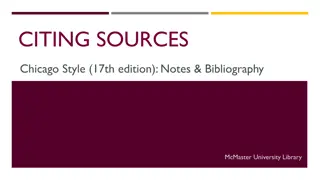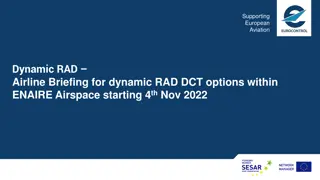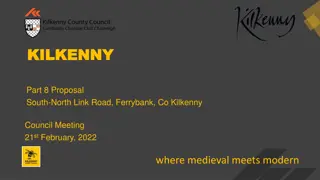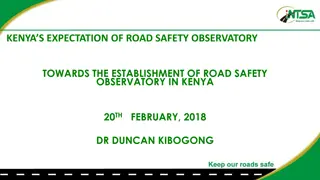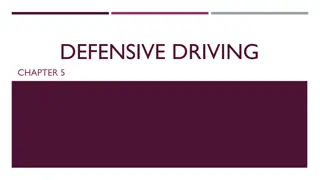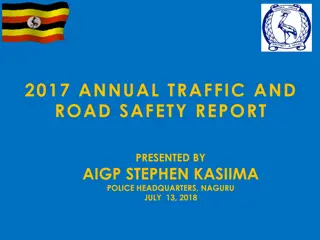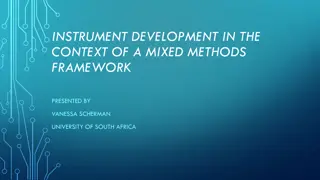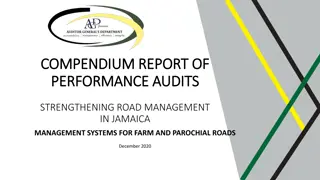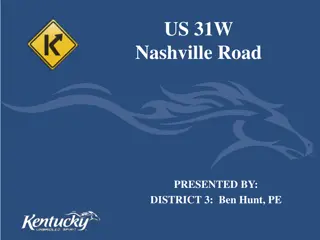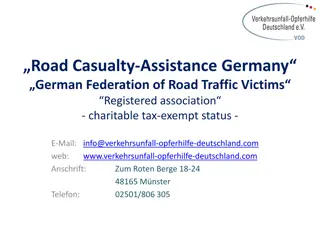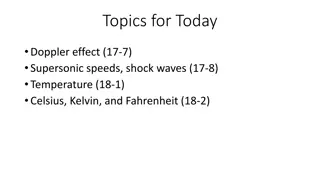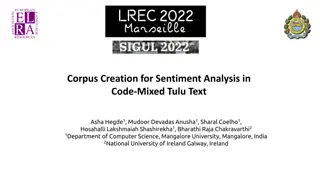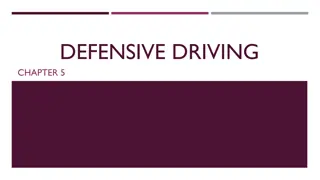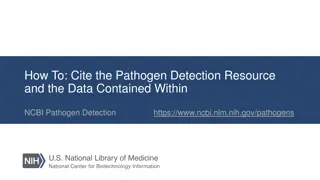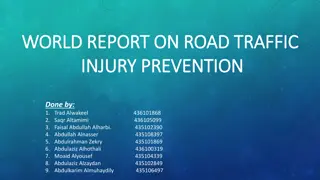UK CITE Project Overview: Trialling Mixed Road Types and Speeds up to 70mph
The UK CITE Project aims to trial mixed road types and speeds up to 70mph, focusing on functionality, safety, and convenience. The project involves stakeholders like vehicle manufacturers, highways authorities, and communication companies to enhance road network efficiency. Work packages include project management, infrastructure development, vehicle systems, cybersecurity, and more. The project utilizes embedded modem receivers and V2X communications for data transfer and autonomous capabilities, addressing challenges such as consortium complexity and funding requirements while achieving successes in defining architecture and completing prototype testing.
Download Presentation

Please find below an Image/Link to download the presentation.
The content on the website is provided AS IS for your information and personal use only. It may not be sold, licensed, or shared on other websites without obtaining consent from the author.If you encounter any issues during the download, it is possible that the publisher has removed the file from their server.
You are allowed to download the files provided on this website for personal or commercial use, subject to the condition that they are used lawfully. All files are the property of their respective owners.
The content on the website is provided AS IS for your information and personal use only. It may not be sold, licensed, or shared on other websites without obtaining consent from the author.
E N D
Presentation Transcript
Claire Lewis - Visteon May 24th 2017
UK CITE Project Overview The project will be trialling Mixed road types and speeds up to 70mph Functionality, Safety and Convenience - Both DSRC 802.11p and LTE V - Wi-Fi services on the move Road network efficiency and modelling Multipath broadcasting using multiple communications methods Whole journey experience - Interlink between the urban and Strategic Road Network Local and National Highways Authorities The Vehicle Manufacturers & Suppliers Stakeholders The consumer/ businesses and their journey experience Communications Companies and Infrastructure Providers Co Project Leads
Work Packages and Leads WP1 Project Management Visteon WP2 Back Office Siemens WP3 Infrastructure Highways England WP4 Vehicle Systems JLR WP5 Cyber Security University of Warwick (WMG) WP6 Trialling and Testing JLR WP7 VRSM and Mobility App Visteon WP8 Driver Interface Testing WP9 Simulation and Modelling Horiba MIRA WP10 Business Case University of Warwick (WMG) WP11 Exploitation, Dissemination and Comms Horiba MIRA
The Technology Mix Embedded Modem Receivers Data received directly into car Smartphone Graphic and Audio transfer Smartphone Audio Transfer Safety & Autonomous V2X Communications The method of communication to and from vehicles is dependent upon the installed technology The content of the communication depends on BOTH the installed technology BUT also the information type and urgency Connected Corridors must take into account installed technology, information type and urgency to provide near- term benefits and long-term solutions
Challenges and Successes Challenges Large consortium complex WP interactions - takes time to agree direction Infrastructure power constraints Ensuring project continues to be aligned with changes to protocol, standards and technology during the project life how to keep the research up to date and relevant funding required scope changes File sharing Successes USE CASES defined Vehicle architecture frozen High level architecture defined Infrastructure design completed Bench testing complete Prototype android app complete (virtual gantry) Cyber Security SoA report issued 1st UK LTE-V vehicle demo for CACC High visibility
High Level System Architecture RCC Regional Control Centre, CCC Coventry City Council, NRTS - National Road Telecommunication system, DSRC Dedicated Short Range Communications
Test Route Road and Track Five different road types 1. Smart Motorway (M42) 2. Motorway (M40) 3. Expressway(A46) 4. A-road (A45) 5. Urban (A4114/A4035) A45 M42 A4114 Coventry Solihull A4053 M42 A46 J3A Mixture of Urban and Interurban SRN M40 DSRC V2V (802.11p) Cellular V2V (LTE-V) Cellular & DSRC V2I Cellular V2N Royal Leamington Spa A46 M40 DSRC only sites No V2X sites JLR Co-sited DSRC and LTE-V (Gaydon) Existing LTE (M42 coverage indicated only)
Vehicles 100+ vehicles Stage 1 - 3 fully kitted vehicles OBU s, embedded displays Stage 2 20 vehicles per month for 5 months with mobile apps Stage 3 20-30 vehicles with data connection via OBDII port
USE CASES Feature Name Project Phase V2I vs. V2V Existing car2car Triggering Conditions Y Y Y N N Y Emergency Electronic Brake Lights (EEBL) Emergency vehicle warning Traffic condition Warning Roadwork warning In-Vehicle Signage (with speed information) Decentralized floating car data - adverse weather condition (fog, precipitation, Traction loss) Co-operative ACC Lane merge assist 1 1 1 1 2 2 V2V V2V V2I/V2V I2V I2V I2V 2 2 V2I/V2V I2V N N
Timing Project Start Bench Testing Track Testing Infrastructure Install Start Road Testing Infrastructure Completion Project Finish June 1st 2016 Q1 2017 Q1-3 2017 May 2017 From end Q2 2017 April 2018 Q4 2018
Key Next Steps Complete process for enabling access to test bed by third parties (track and road) Investigate further funding to a) close power gaps b) introduce LTE-V to the public road test bed
